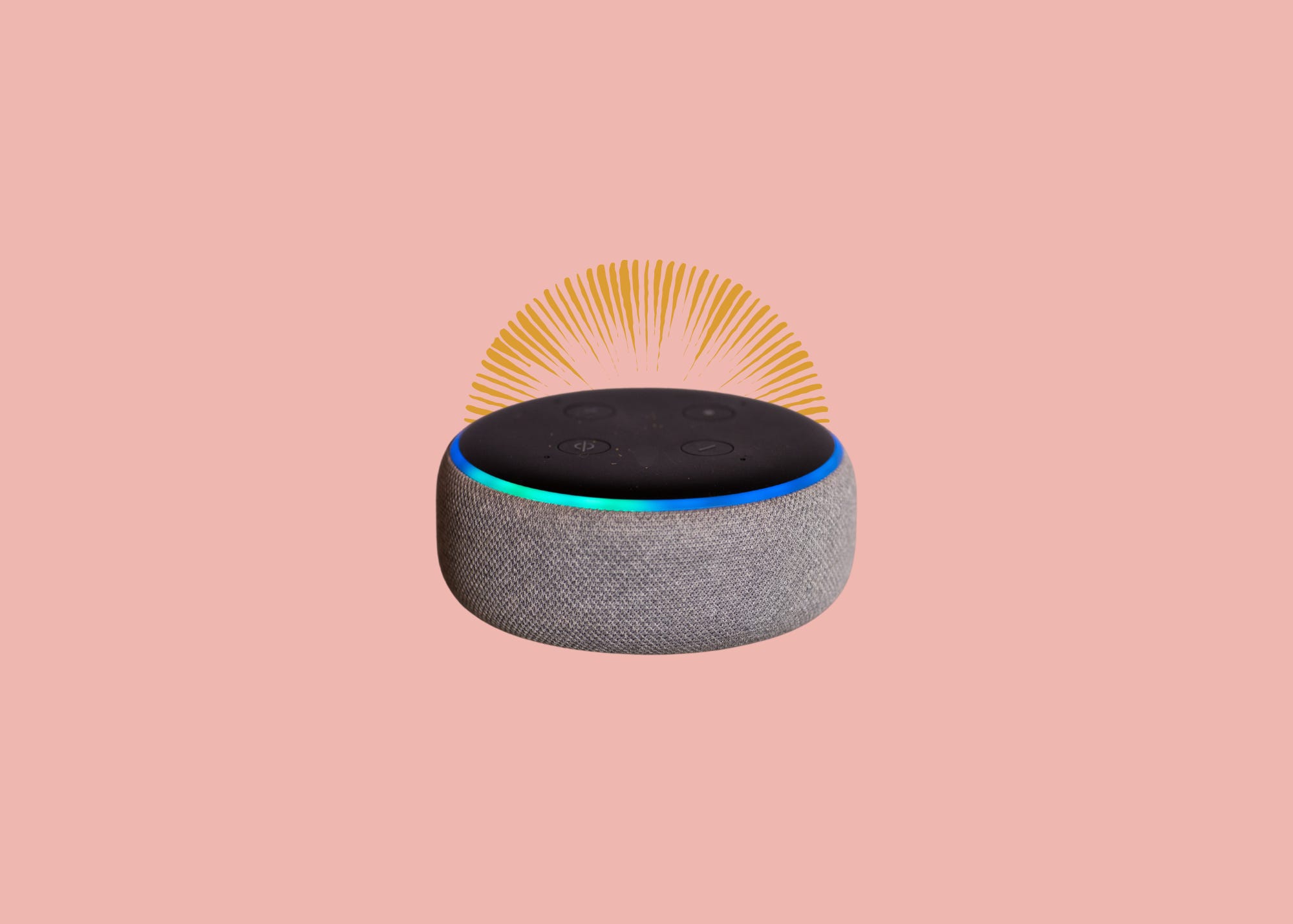Hi, hello!, and happy weekend. You’re reading the A reminder: I’m able to write this newsletter twice a week thanks to my generous (and *beloved*) paid subscribers. Your support gives me the financial — but also, emotional? spiritual??? — security to keep reading and writing deeply about life online. I’m not exactly getting rich off Substack, but this newsletter is a big part of how I pay my bills. So if you’d like to help me catch up with conservative grievance projects and boomer political news (truly no shade intended, but holy shit, these numbers?!) … please consider upgrading your subscription. And thanks! If you read anything this weekend“Replika CEO Eugenia Kuyda Says It’s Okay If We End Up Marrying AI Chatbots,” by Nilay Patel for The Verge. There are lots of intriguing tidbits in this longform interview with Eugenia Kuyda, the CEO of “AI companion” app Replika — not least of all her offhand, 11th-hour reference to everyone’s favorite sci-fi romance trope, chatbot marriage. But after reading this transcript (you can, alternatively, listen to the interview as a podcast) I found myself returning to Kuyda’s claim that AI companions represent an entirely new class of personal relationship. They’re like friends or partners in their intimacy, but not in their volition: a bot doesn’t opt into or out of a relationship. So maybe they’re more like pet dogs or cats? But my dog doesn’t give me life advice or attend to my personal development. The whole thing strikes me as fraught and fluid and potentially quite disruptive, at a very foundational human level, because millions (!!) of people are signing up for these things … and the baseline norms are so unsettled. “Planet Grok,” by Katie Arnold-Ratliff for The Cut. Speaking of fraught and fluid AI relationships: a new crop of AI-powered toys promise to remember, chat and play with young kids. The toys sounds glitchy and not fun, so far — like more ambitious Teddy Ruxpins. But they already raise interesting questions about how young children understand the difference between objects and people and how they navigate those relationships. In one experiment, kids aged 4 to 11 were asked whether Alexa had a body, a brain, a mind or a soul. “And while kids tend to be good at distinguishing biological entities from non-biological things,” one researcher said, “it’s these ‘psychological’ properties that Alexa has that can make her seem human to kids, or even superhuman.” “The Murder Circuit,” by Luke Winkie for Slate. Of course there’s a convention for true crime fans. That surprises me … not at all! But why would the parents and loved ones of murderers or murderees dredge up their trauma for this motley audience? The cynic in me says “fame” or “money,” but they’re already famous and they pay their own way. Instead, Winkie finds, a lot of people whose lives have been touched by violent crime (Gabby Petito’s mother, Tara; JonBenét Ramsey’s father, John) are looking to connect with others in their situation — and help publicize the many thousands of murders that don’t get their level of attention. “What Tweens Get from Sephora and What They Get from Us,” by Jia Tolentino for The New Yorker. There’s been a lot of justifiable bafflement about the preteens spending hundreds of dollars on anti-aging regimens, but this piece does an excellent job laying out the myriad financial and cultural ways that grown adults created this monster of a trend. Among other things: They’re paying for it, generally via credit cards linked to Apple Pay on their children’s phones. (Maybe that’s obvious to knowing parents, but every time I read about Sephora tweens I wonder at their source of disposable income.) More importantly, decades of beauty discourse instruct girls to horde and preserve their fleeting youth:
“Welcome to Bama Confidential,” by Anne Helen Peterson for Culture Study. I will, as a matter of course, read anything AHP writes about rush, especially having just finished Come and Get It — a tense, sharply observed novel about Southern femininity and wealth set at the (vaguely nearby-ish?) University of Arkansas. If you’re not following rush this year, AHP also has a great round-up of representative videos and commentary on her Instagram. This blurb has officially become AHP fan mail and I’m okay with that. In case you missed itThe most-clicked link from last Saturday’s edition was this “Life Anti-Checklist,” which I personally filled out for your schadenfreudic viewing. (Yes, I made that word up.) I resent that no one responded with their OWN completed checklist, but it’s not too late for one of you to remedy that error!! Wednesday’s edition kicked off a month-long series on the 10-year anniversary of Gamergate. Readers have called this opening salvo “impressive,” “engaging,” “full of information I didn’t know” and “lol very long” — which, in the last case at least, is 100% accurate. PostscriptsThere are no postscripts today, on account of my taking Thursday off. However, paid subscribers will find, below the paywall, a book recommendation, a screen-time hack and three birthday gifts I loved so much I’d gift them to others. That’s it for this week! Until the next one. Warmest virtual regards, Caitlin ... Keep reading with a 7-day free trialSubscribe to Links I Would Gchat You If We Were Friends to keep reading this post and get 7 days of free access to the full post archives. A subscription gets you:
|



